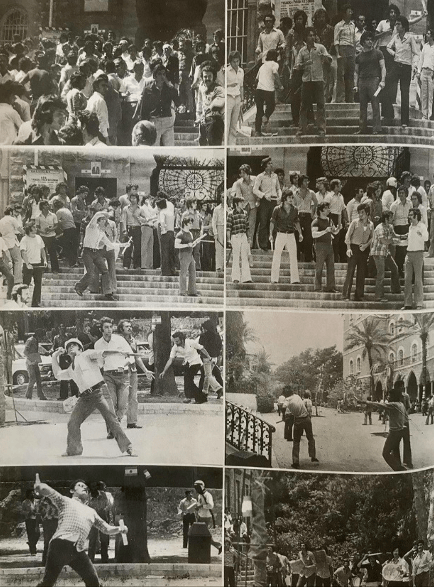
The Campus Before, During, and After the Revolution
The Campus Before, During, and After the Revolution
Written by Maya El-Haj
On the morning of the 17th of October, 2019, classes on campus went on as per usual, but the revolution burst into existence without a warning. After witnessing the gravity of the situation, I sent emails to my professors to excuse myself from attending classes until further notice because I wanted and needed to revolt. To my surprise, I bumped into many of my peers in the protests and on the streets, which only meant one thing: life on campus is about to change.
Related Articles
Word From Faculty Member
Word from faculty member... Like all of you, we find ourselves in a new world this Spring, trying to adjust to the reality of life during the COVID-19 pandemic in Lebanon and all over the world. While the landscape is changing daily, as of this writing on May 04,...
Editorial Note
Dear readers, In the midst of fighting for a better future, surviving a pandemic and coping with the distress of the 4th of August explosion, MSFEA students across all majors attempted to channel their energy into a productive and positive mindset. Whether it was...
Supermileage Car
Written by Dalia Bekdache Aeolus, named after the Greek God of the Winds, is the newest edition of the AUB Supermileage lineage in 2019-2020, and this year’s team is planning to set another innovative standard at the American University of Beirut. The AUB Supermileage...
